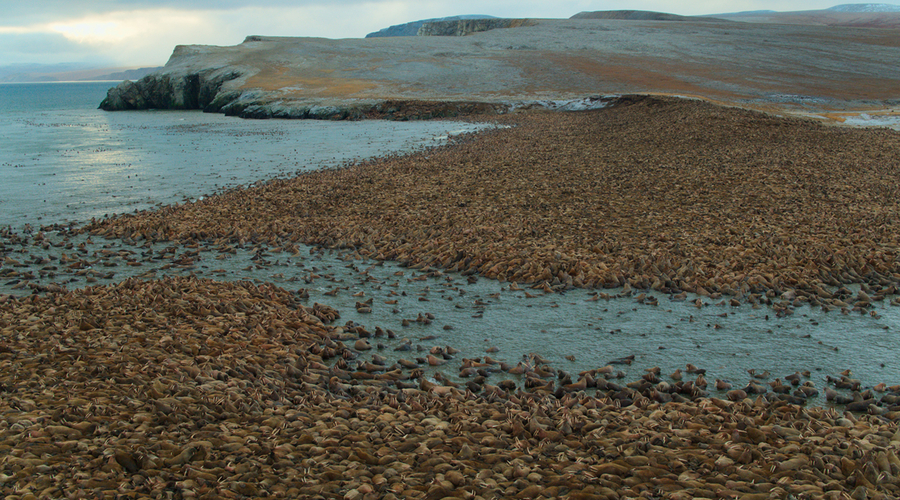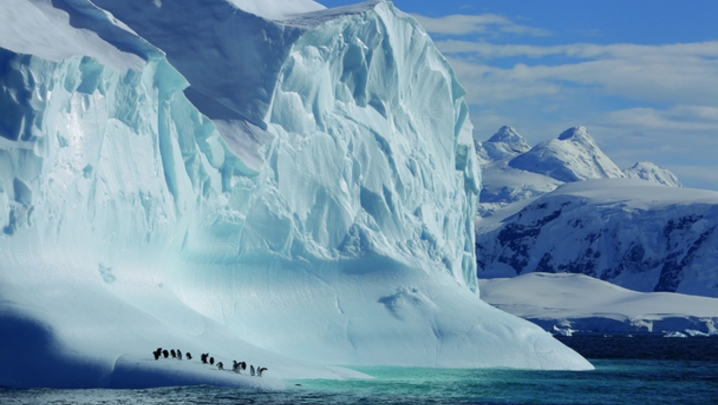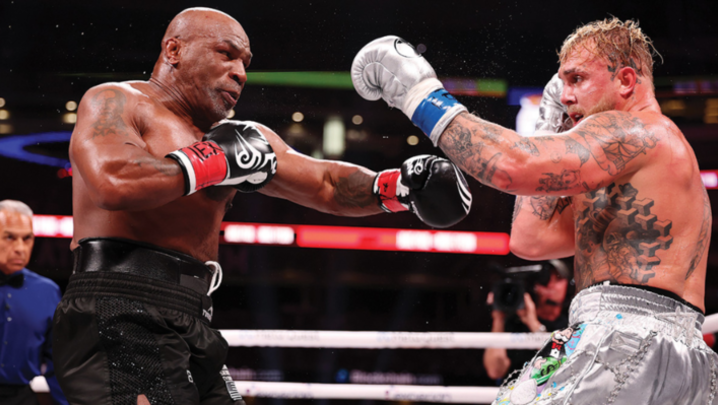Netflix’s first natural history series, narrated by David Attenborough, impresses Steve Clarke
Shocking scenes of walruses jammed together “out of desperation” on an ice-depleted beach, a consequence of climate change, have emerged as the defining image of Netflix’s high-profile natural history documentary, Our Planet.
The series is narrated by Sir David Attenborough, and he launched the programme at Davos, where he was interviewed by the Duke of Cambridge before an audience of global decision-makers. “We are now so numerous and so powerful that we can destroy whole ecosystems without even noticing it,” said Attenborough.
A subsequent glitzy London premiere at the Natural History Museum was attended by HRH Prince Charles, the Duke of Cambridge, the Duke of Sussex, David Beckham and singer Ellie Goulding.
The landmark series started streaming on 5 April, and was recently revealed as Netflix’s most popular show in the UK that month, ahead of such youth-friendly dramas as The Perfect Date and Riverdale.
The walruses sequence was described as “the most powerful I’ve ever shot” by award-winning natural history cinematographer Jamie McPherson. He was speaking at a joint RTS and Wildscreen event in which the episode featuring the walruses, Frozen Worlds, was screened.
“The sequence has become a symbol of climate change,” added Keith Scholey, series producer of the eight-part Our Planet, which involved filming 3,500 hours of material in 50 countries with more than 600 crew members. “There is shock but also the revelation that everyone thinks we’ve got to do something about it.”
With the impact of London’s Extinction Rebellion protesters still reverberating – hours before the RTS screening, demonstrators had glued themselves to the London Stock Exchange – the timing of the event could not have been more appropriate.
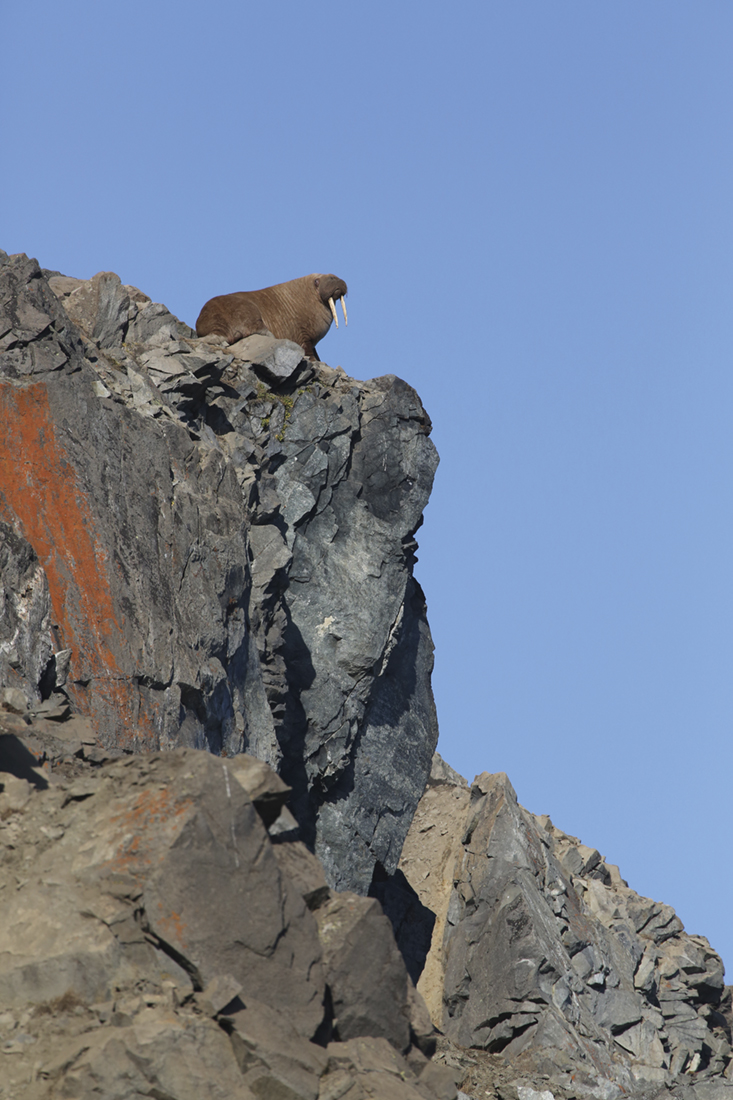
(Credit:Sophie Lanfear / Silverback/Netflix)
Scholey, one of the world’s most experienced wildlife film-makers, told a crowded auditorium how he had reacted on first seeing the rushes of the stranded walruses, which was filmed in north-east Russia.
“There’s a palpable excitement when you know you’ve filmed something that is important,” he said. “I was shell shocked when I first saw it. I am still shell shocked.”
Around 100,000 of the creatures that once survived happily on the Russian ice are seen densely packed together on a shingle beach. Russian biologist Anatoly Kochnev had alerted the film-makers to the walruses’ plight.
Viewers then see some of the walruses trapped on top of an 80-metre cliff. A few manage to work out how to get safety back down to the shore. The majority end up killing themselves as they tumble down the cliff.
“It’s tragic, heart-breaking and shocking,” said Sophie Lanfear, producer of Frozen Worlds,
She prepared for the episode by watching every documentary about the natural history of the North Pole and Antarctica that she could get her hands on: “We’re all so passionate about conservation. It was my first film. I’ve done a lot of work at the Poles.… After watching all these documentaries, I realised that the important message of our time was to differentiate between sea ice and land ice.”
The first section of Frozen Worlds explains how sea ice works and its vital role in supporting an abundance of life. With sea ice disappearing rapidly due to climate change, the impact is not restricted to walruses and polar bears, but extends to the entire planetary ecosystem.
“These frozen worlds, these ice worlds, are protecting us from climate change,” said Lanfear. “If we lose those, we stand to lose not just these magnificent animals but a lot more. That was the narrative I wanted to tell.”
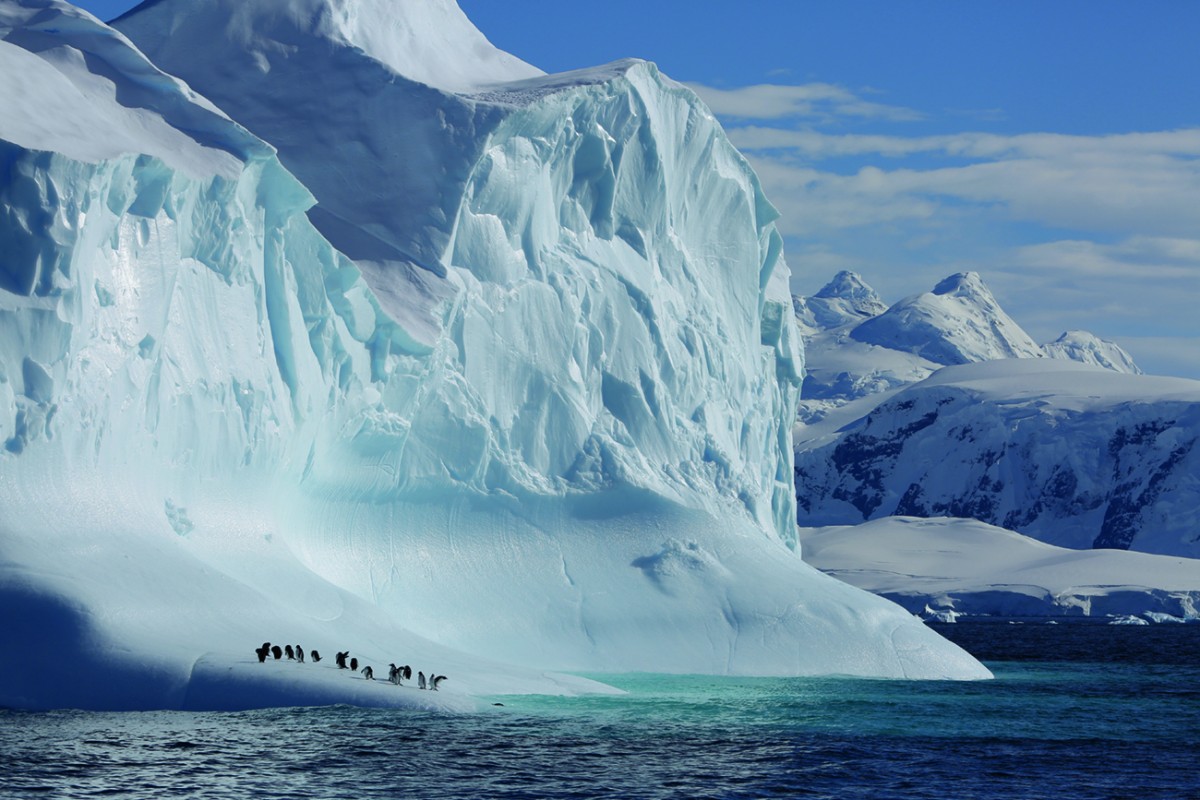
In another sequence, we learn how krill stocks are declining in the polar regions, which is likely to have severe consequences for the humpback whales that feed on them.
Our Planet, in common with Attenborough’s recent BBC One film, Climate Change – the Facts, pulls no punches on the climate crisis – but it also sets out to wrap its ecological message in an entertaining production.
Four years in the making, including two years of shooting, Scholey was determined that Our Planet should not mince its words about the environmental crisis. He and his one-time colleague at the BBC Natural History Unit, Alastair Fothergill, set up Silverback Films in 2012.
“We always wanted to make another big landmark show (among the duo’s credits are Blue Planet and Planet Earth), but we were so aware of the destruction of nature that we thought it was inappropriate to make one that didn’t tackle the issues of our modern world head on,” said Scholey. “If we were going to tackle the environmental issues we needed to make sure we had our facts right, so from the word go we teamed up with the World Wildlife Fund.
“Every two years, it does the Living Planet Report – basically an audit of what’s going on in the world. That formed the factual spine of what became Our Planet.”
The series is complemented by an extensive social media presence (see page 8), which aims to spark global conversations around what can be done to halt climate change and restore biodiversity.
In contrast to the walrus sequence, Our Planet contains familiar but heart-warming pictures of penguins – a father somehow identifies his own chick in a colony of half a million birds. “You have to strike the right balance between informing and entertaining and showing the glory of the natural world,” said Scholey.
By the end of April, Our Planet was estimated to have been seen by more than 25 million households globally.
He told the RTS that Netflix had given him and his team a lot of freedom. As a subscription service, there was no risk that advertisers might exert pressure on the film-makers. “It’s been a good journey. I think Netflix is now happy with what we do,” he said with typical understatement, adding: “It is remarkable that overnight you can broadcast to nearly all the countries in the world. It’s been fascinating.…
“With normal TV, the launch is everything but Netflix is quite relaxed about the launch. Its attitude is: ‘We’ll have a look at it after a month but we’ll really judge something after six months.’”
Securing the services of Attenborough was a coup for the streamer. As Scholey observed: “When David started out, you had to broadcast live, there was not even tape. He’d be seen by about 20,000 people in Surrey; now, he’s going to an audience of hundreds of millions globally.”
The great man has always been intrigued by advances in broadcast technology. He worked with Sky because it provided an opportunity to present programmes produced in 3D. Similarly, Sir David was keen to narrate Our Planet thanks to its high technical specification.
“He was excited by the fact that this is, I think, the first series available in 4K and high dynamic range,” said Scholey. “High dynamic range is the interesting bit. The range of colours is spellbinding.”

Having been a natural history film-maker for more than 30 years, Scholey is well aware that flying around the world to capture astonishing pictures comes at a cost to the environment that he and his colleagues passionately want to protect.
Silverback Films is affiliated to the Albert environmental production certification scheme. It aims to ensure that all UK screen content is made in a way “that benefits individuals, industry organisations and the planet.”
The production team was mindful of its environment impact. “We offset our carbon,” Scholey said. “We try to do what is right. At the end of the day, the equation we have to consider is: ‘Is the environmental cost of making the film worth bringing the story back?’
“On that basis, I am happy with what we’ve done but it is a judgement call.
“There is no doubt that film-making is an expensive business that comes at a cost to the environment.”
The Our Planet screening and Q&A was held at 30 Euston Square, London, on 25 April. The discussion was moderated by Lynn Barlow, RTS West of England Chair. The producers were Wildscreen director Lucie Muir, Festival co-ordinator Molly Gibney and the RTS’s Jamie O’Neill.

